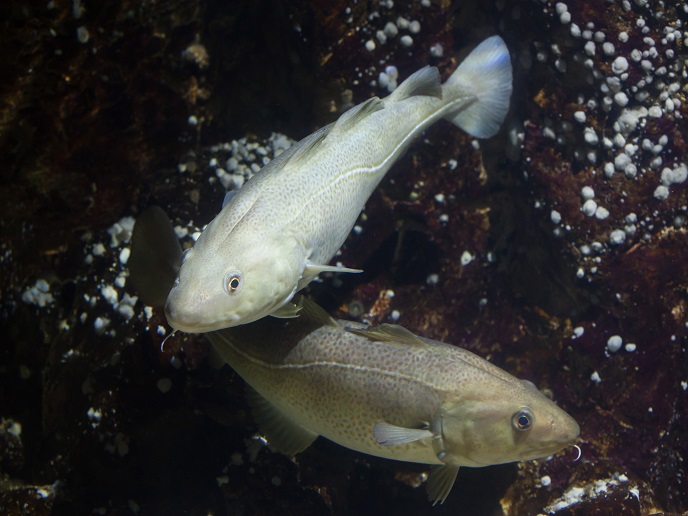New ice melt model shows we need to act fast
Melting ice sheets and mountain glaciers are contributing to rising sea levels. If the Antarctic ice sheet – which contains 90 % of all ice on the planet – were to melt, it would wipe out all coastal cities in the world. Even modest sea level rise will likely have dire consequences for coastal regions. While scientists agree that sea level rise is virtually certain to continue, the exact timing and rate of this transformation remain unclear. This is in part due to challenges in modelling ice loss in the polar regions, and partly because any rise is dependent on how effectively – or not – we cut emissions.
Cryosphere and coastal area expertise
PROTECT(opens in new window) sought to improve projections of ice sheet melt in Greenland, Antarctica(opens in new window) and glaciers around the world, as well as the evolution of global sea level rise. A key ambition of the project team was to expand the timescale of these projections, from what could happen over the next decade to the next few centuries. “Sea level rise does not have the same impact everywhere,” explains PROTECT project coordinator Gael Durand from the National Centre for Scientific Research(opens in new window) (CNRS) in France. “So we also wanted to address sea level rise at both the global and the local scale.” To do this, the project brought together two key scientific communities – cryosphere experts such as Durand, specialising in ice sheet modelling – and researchers studying sea level impacts in coastal areas. It also built upon a previous EU-funded project, ICE2SEA(opens in new window), which confirmed that melting ice sheets are a major source of current sea level rise.
Quantifying impact of climate change
Remote sensing observations were used to evaluate and improve models used for ice sheet and glacier projections, along with climate data extracted from the European Space Agency(opens in new window) (ESA) Earth Observation Programme. This has given the team a better understanding of short-term variabilities, to make more accurate projections through to 2050. This is the timescale that matters most for many coastal management decisions. The project was keen to involve a variety of coastal stakeholders, to better understand their information needs. “If you are a farmer, or running a nuclear power station, your approach to the risk of sea level rise will not be the same,” says Durand. The project team also attempted to project sea level rise as a result of ice sheet and glacier melt through to and beyond 2100, the timescale that the Intergovernmental Panel on Climate Change(opens in new window) (IPCC) says is relevant for long-term infrastructure planning. Over 80 papers have been published so far, and the project team has uploaded onto its website an educational escape game(opens in new window) about saving glaciers.
Climate action needed now
The project, which runs until the end of February 2025, will continue to develop new projections of possible sea level rise through to 2150 and beyond. In addition to emphasising the need for immediate greenhouse gas emission reductions, Durand notes that new climate services will be needed to encourage effective climate adaptation. “Our findings so far have also reinforced the message that climate mitigation is not optional, and will give us more time and more options for adaptation,” he adds. “We simply cannot protect the whole coastline. We need to take action now, and following the Paris Agreement(opens in new window) is the best option in front of us. What happens in Antarctica, in terms of ice melt, will not just stay in Antarctica.”







